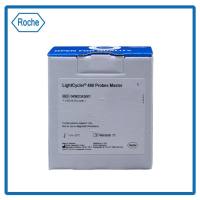Use of Peptide Nucleic Acid Probes for Rapid Detection and Enumeration of Viable Bacteria in Recreational Waters and Beach Sand
互联网
互联网
相关产品推荐

Roche 4887301001 LightCycler 480 Probes Master 10x 5ml 探针法实时定量试剂盒
¥13200
![DKFZ-PSMA-11,4,6,12,19-Tetraazadocosane-1,3,7-tricarboxylic acid, 22-[3-[[[2-[[[5-(2-carboxyethyl)-2-hydroxyphenyl]methyl](carboxymethyl)amin](https://img1.dxycdn.com/p/s14/2025/1009/171/0405943971658126791.jpg!wh200)
DKFZ-PSMA-11,4,6,12,19-Tetraazadocosane-1,3,7-tricarboxylic acid, 22-[3-[[[2-[[[5-(2-carboxyethyl)-2-hydroxyphenyl]methyl](carboxymethyl)amin
¥1530

单宁酸溶液;1401-55-4;25 grams + 100 mL Waterfor Direct Count for Bacteria, Yeast, and Mold;V32785-50ml
¥205

MON1A/MON1A蛋白Recombinant Human Vacuolar fusion protein MON1 homolog A (MON1A)重组蛋白FLJ97088; MGC13272; MON1 homolog A; MON1A; MON1A_HUMAN; SAND1; Vacuolar fusion protein MON1 homolog A蛋白
¥1344

DYKDDDDK Synthetic Peptide
¥200
相关方法

